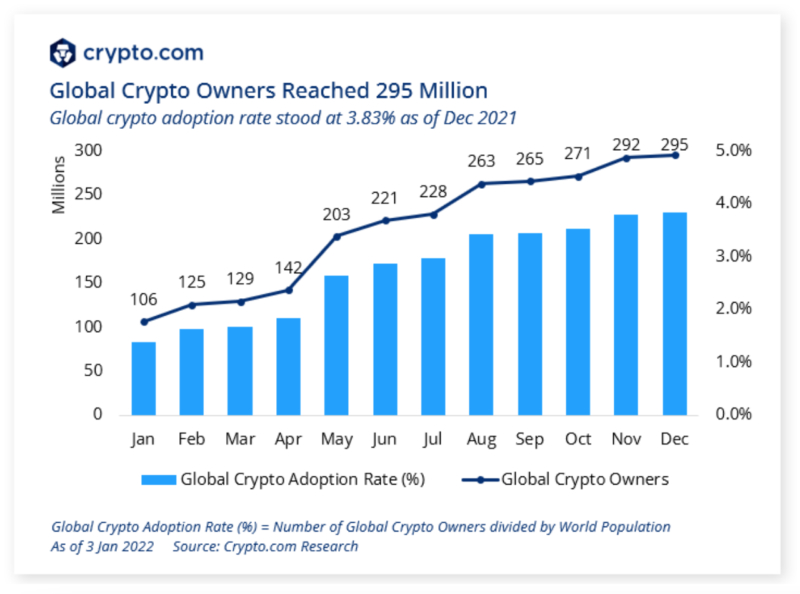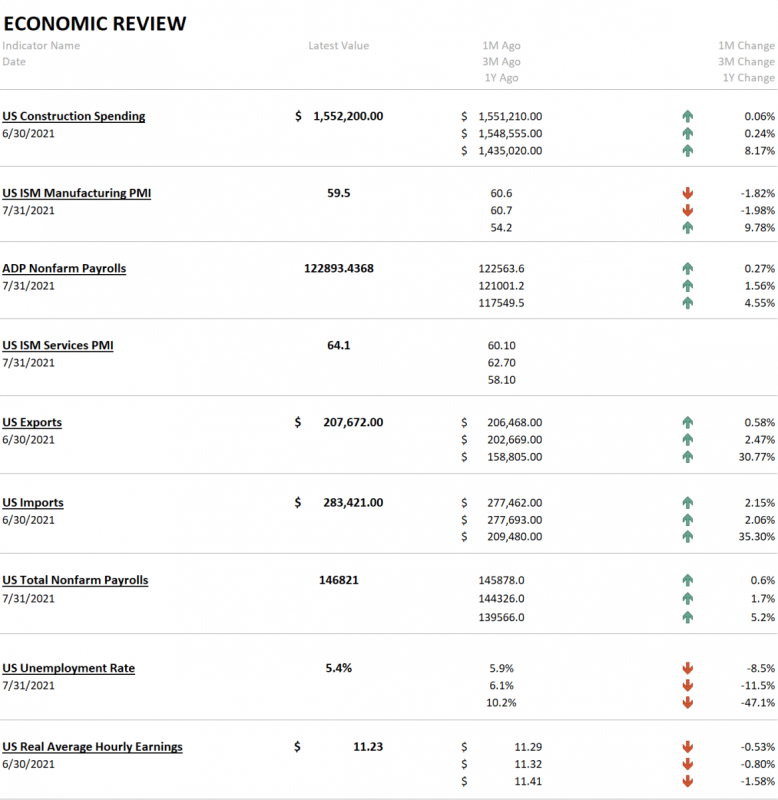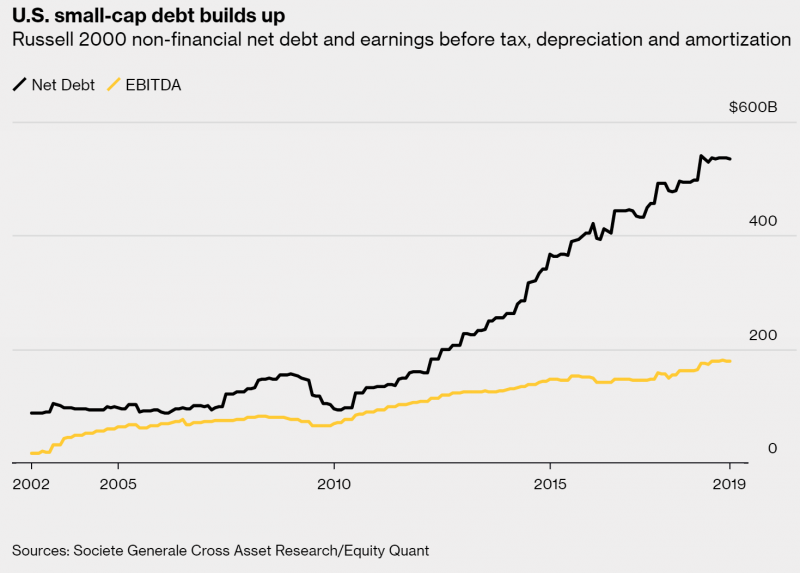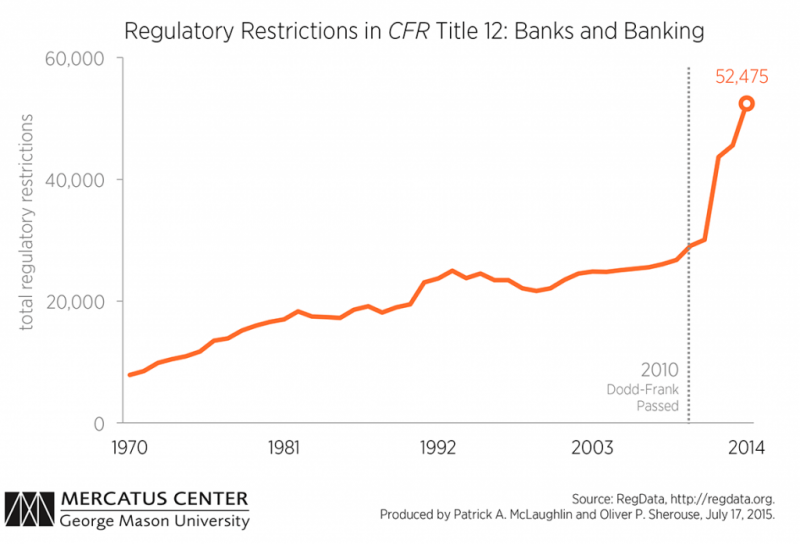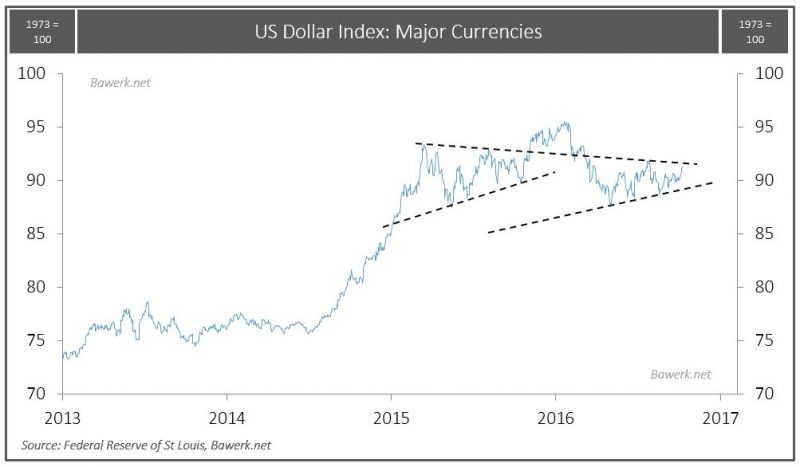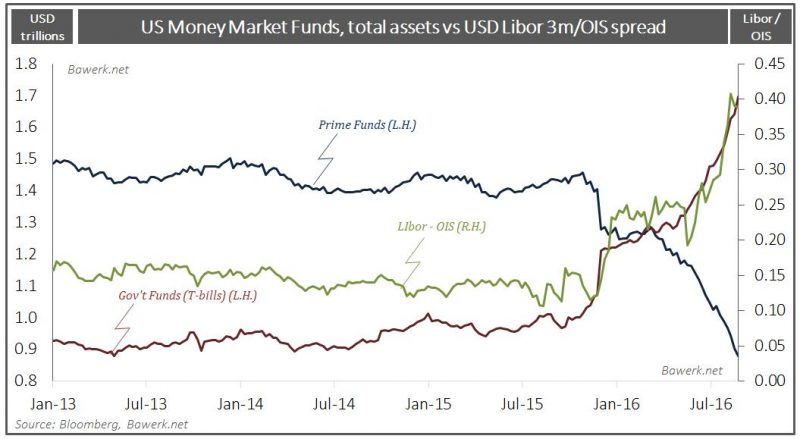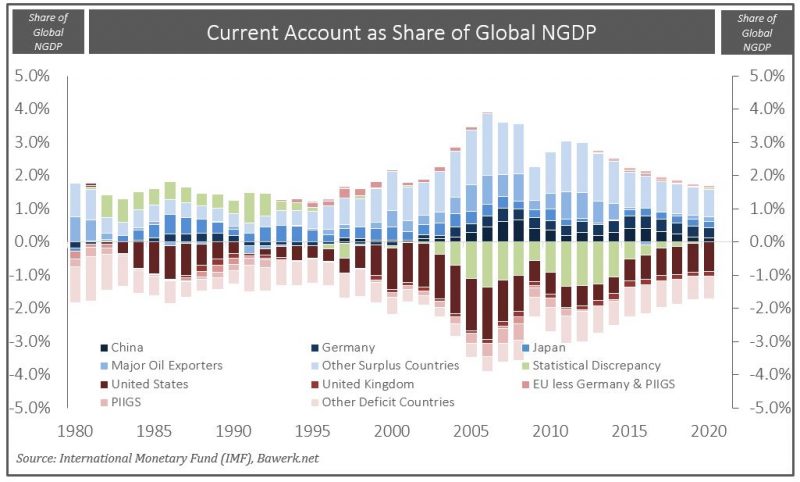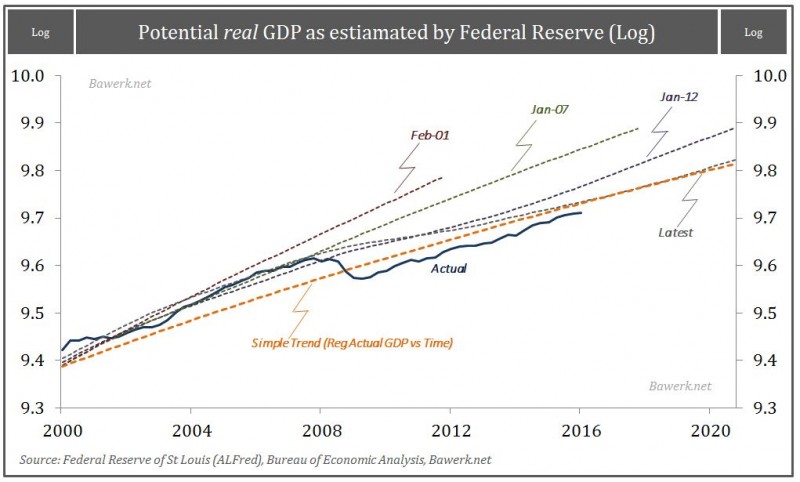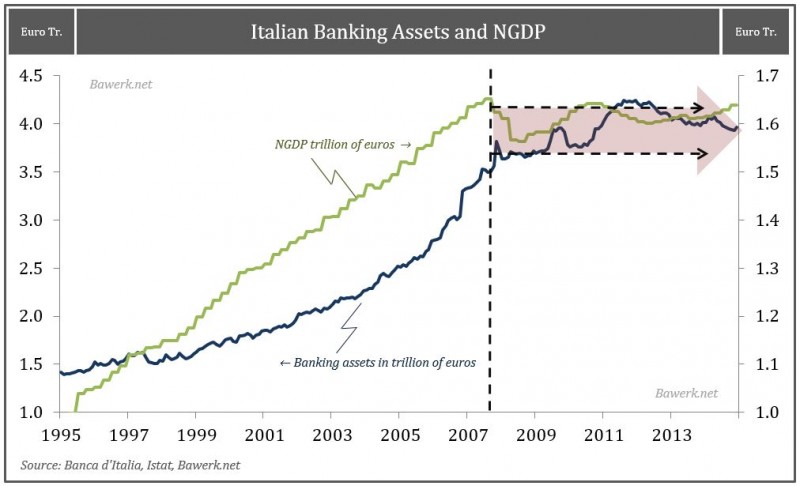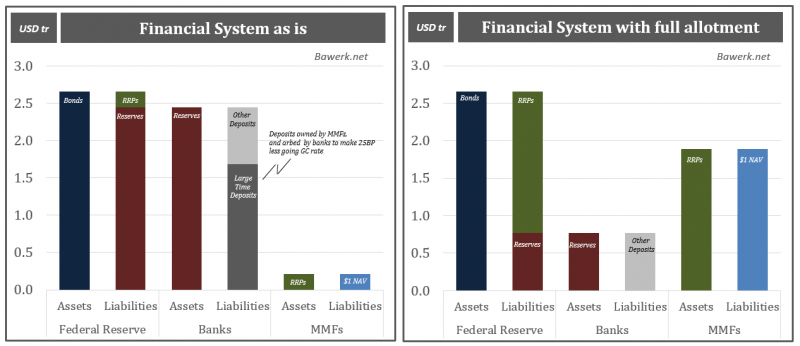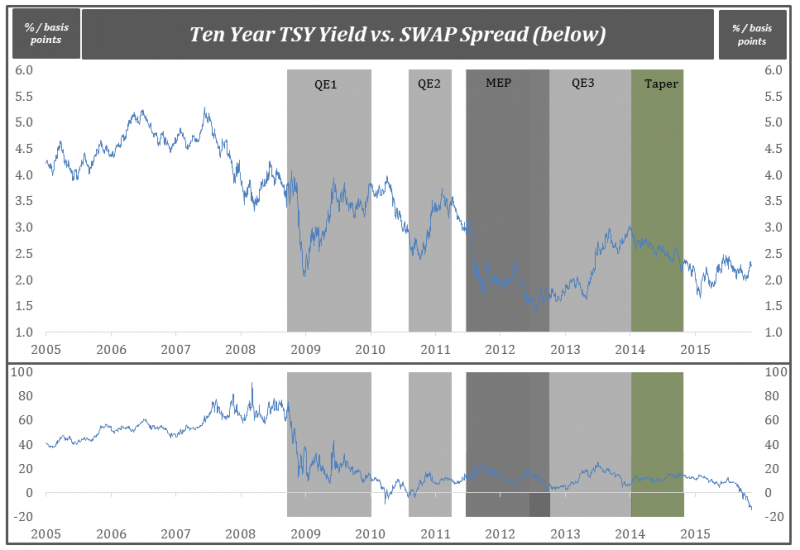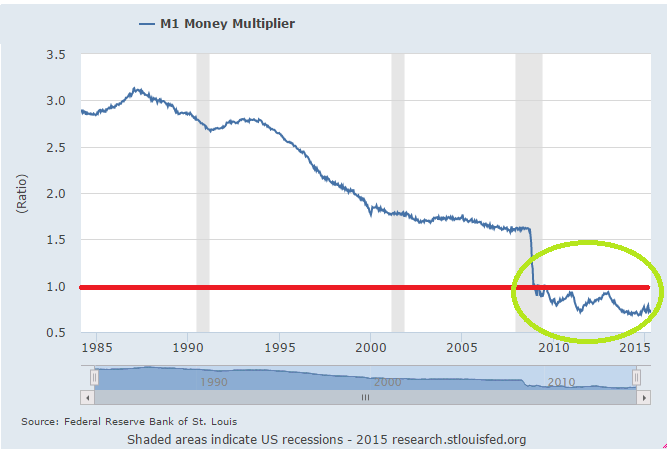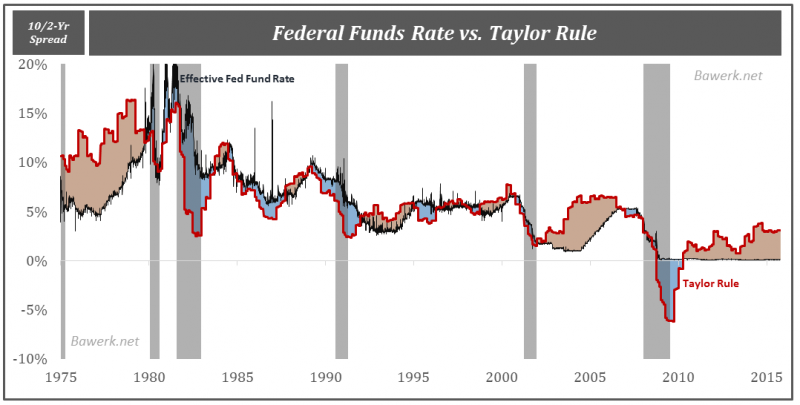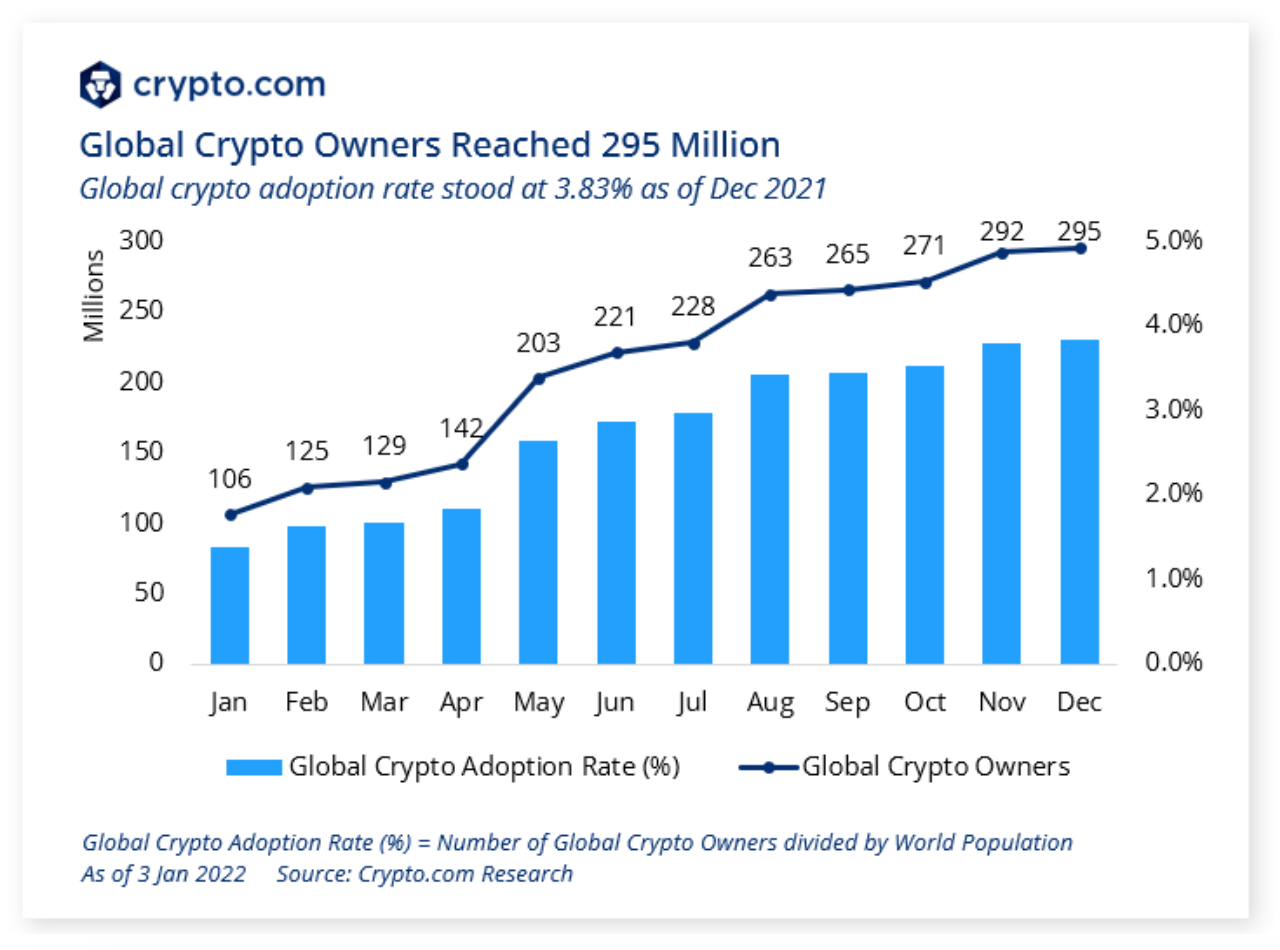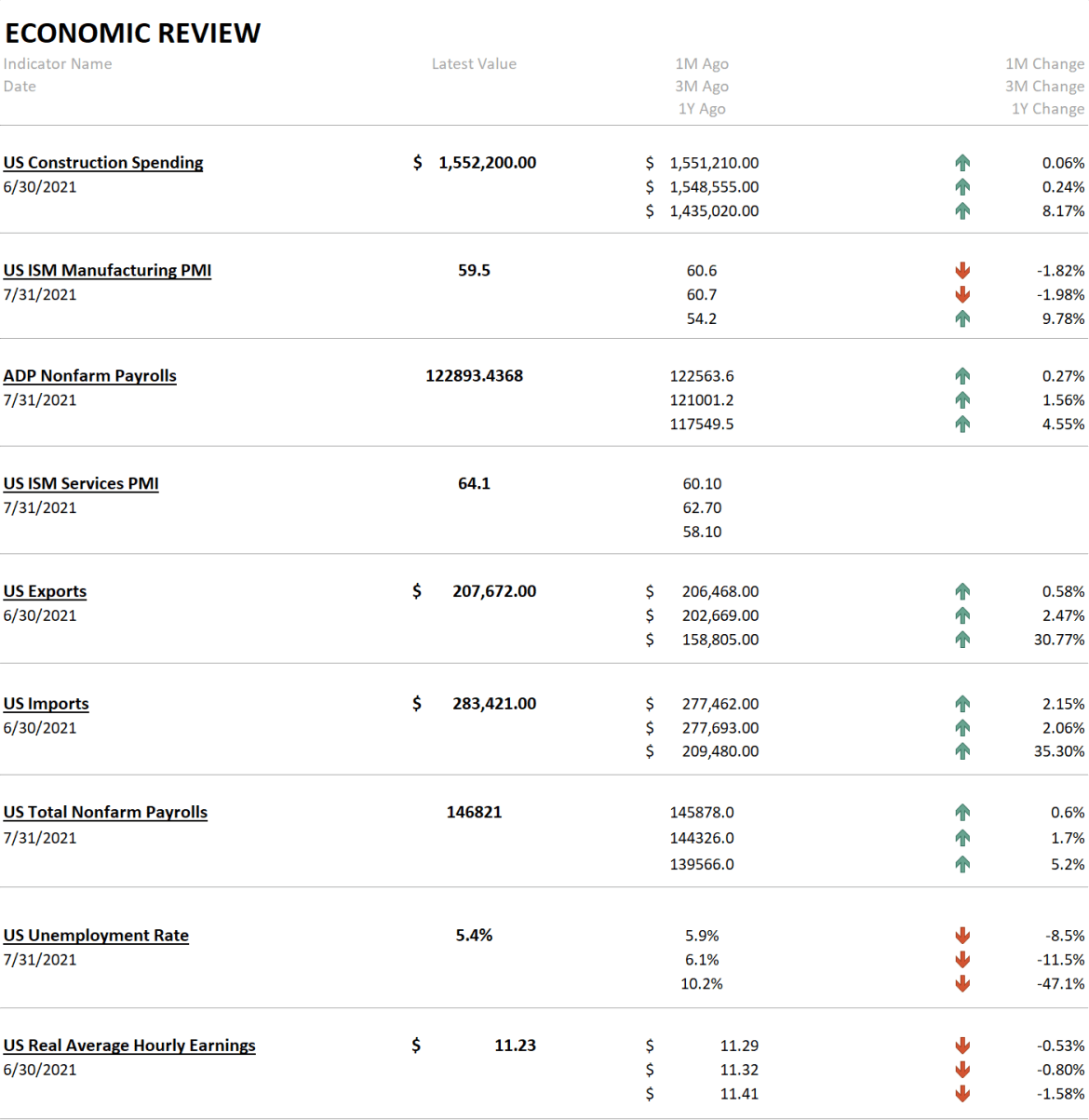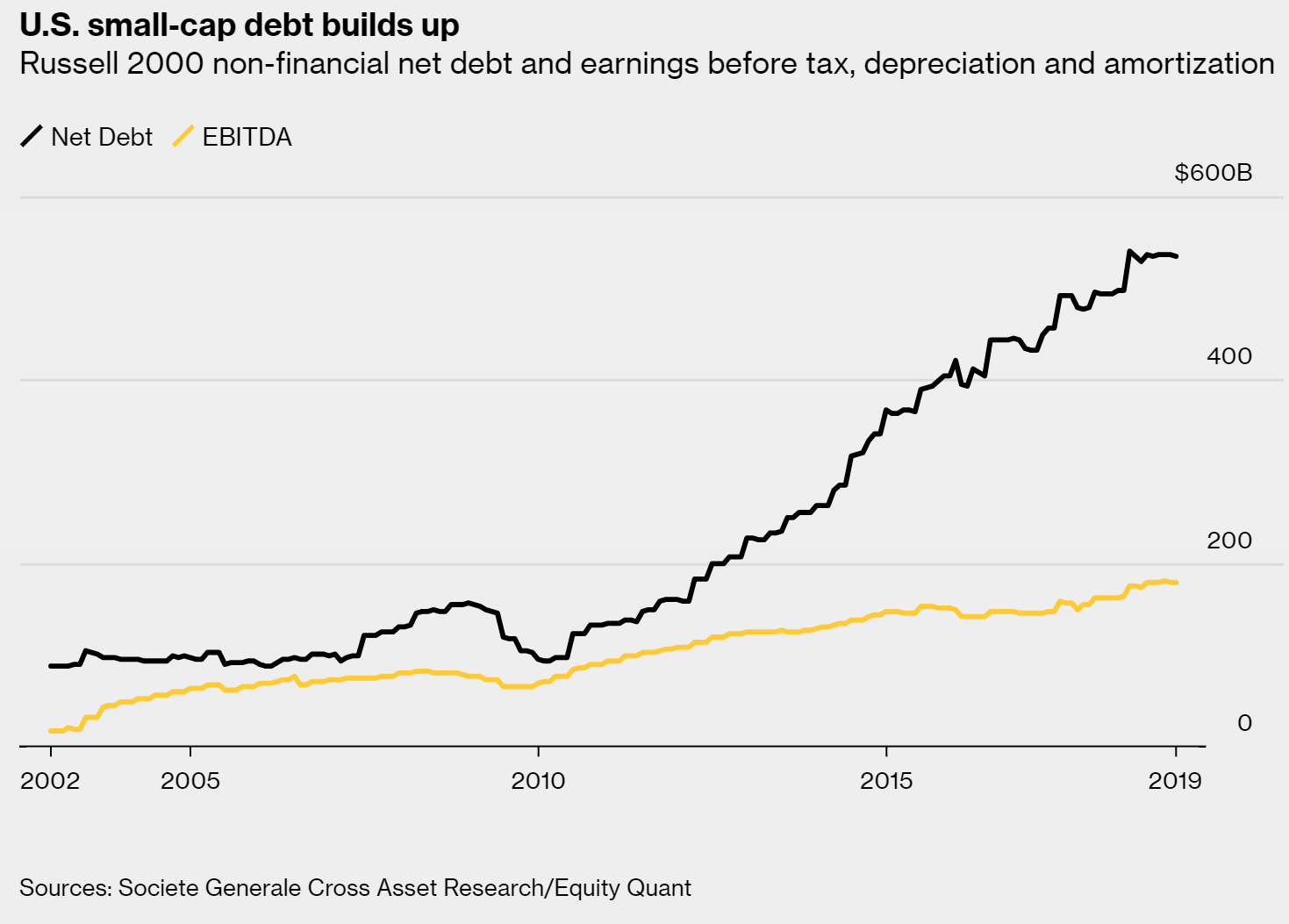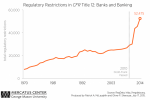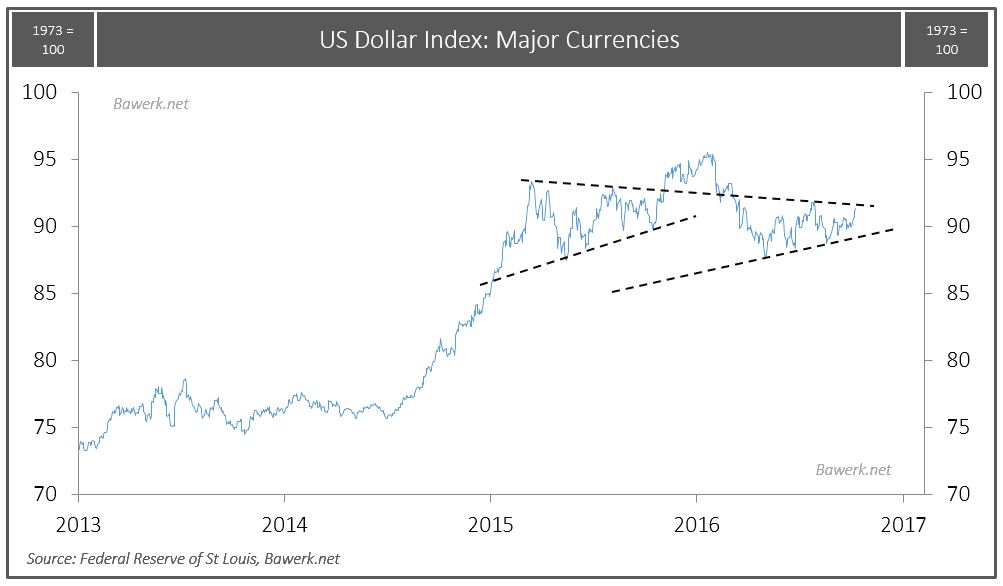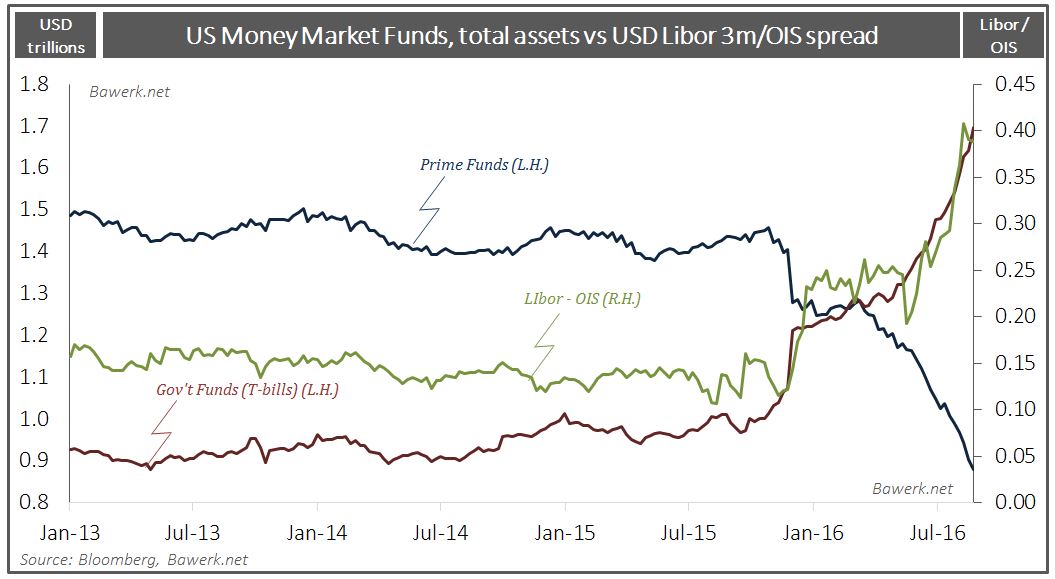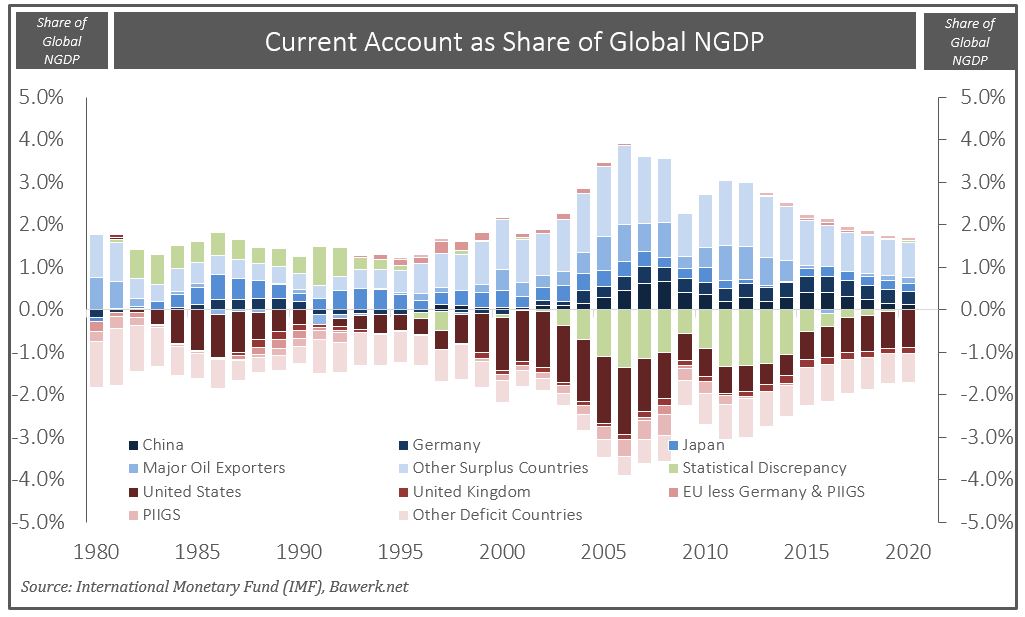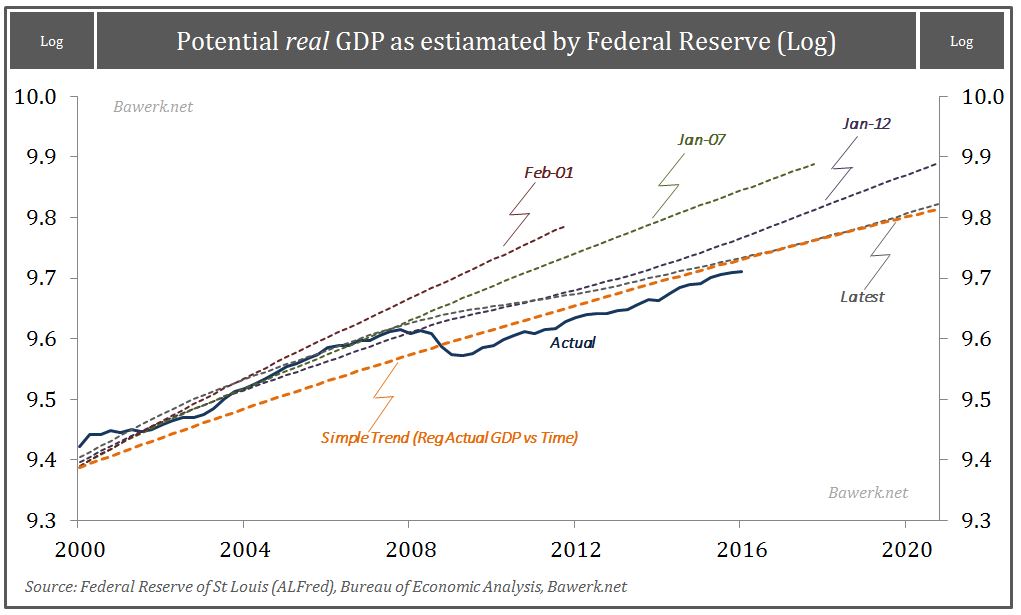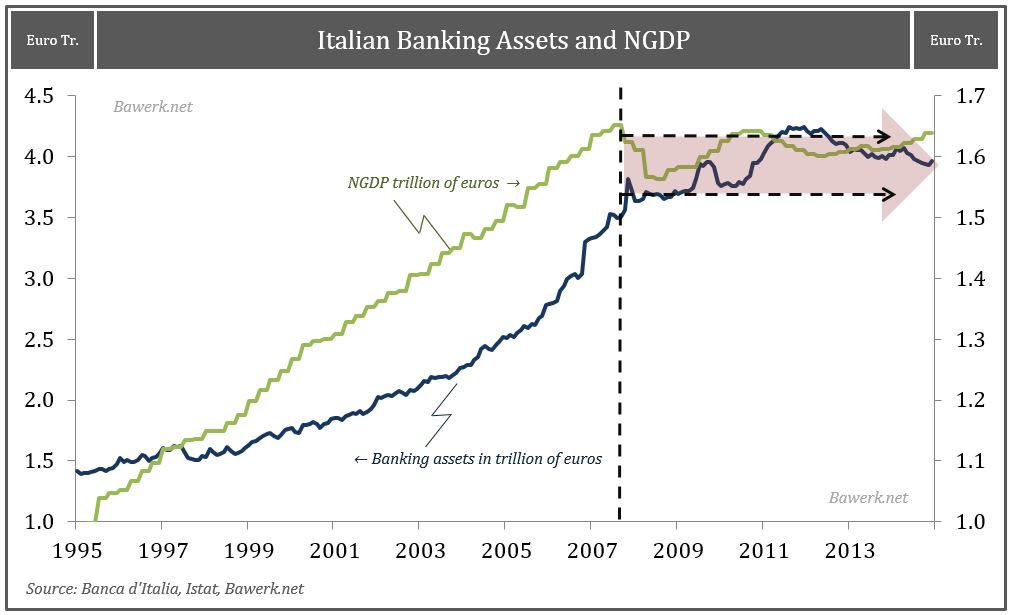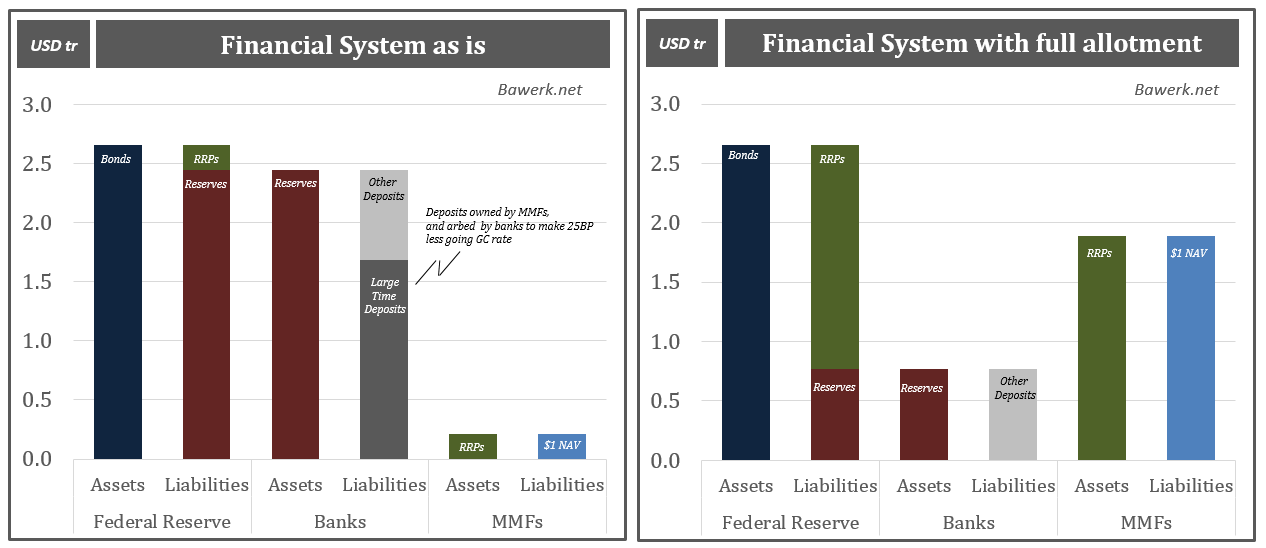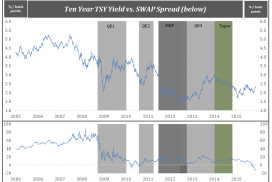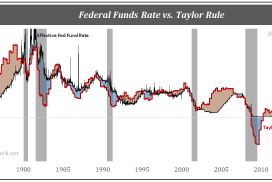Tag Archive: Regulation
Bahamas Still Grapples with the Reputational Fallout of the FTX Collapse
Three years after the collapse of the Bahamas-headquartered cryptocurrency exchange FTX, the country continues to feel the impact and has not yet recovered from the resulting reputational damage, Christina Rolle, Executive Director of the Securities Commission of the Bahamas, said in a recent interview.
This underscores the long-term consequences that such a widespread financial scandal can have on a nation’s credibility.
Speaking to Henri...
Read More »
Read More »
Swiss Financial Regulator Issues Stablecoin Guidelines, Emphasizing AML Obligations and Default Guarantee Requirements
The Swiss Financial Market Supervisory Authority (FINMA) has published new guidance on the issuance of stablecoins. This guidance emphasizes the financial market laws that apply to projects aiming to issue stablecoins, including anti-money laundering (AML) regulations and minimum requirements for default guarantees.
The new FINMA guidance, released on July 26, 2024, addresses the questions frequently arising regarding the issuance of stablecoins in...
Read More »
Read More »
Swiss Central Bank Payment Vision Outlining Focus on DLT, Tokenization and Instant Payments
The Swiss National Bank (SNB) has shared how it intends to “future-proof” the domestic payment ecosystem, outlining its ambition to leverage technologies and processes including tokenization and distributed ledger technology (DLT) to establish an “efficient, reliable and secure ecosystem” that’s geared towards “the future of cashless payments in Switzerland,” SNB governing board member, Andréa Maechler, said during an event on March 30, 2023.
The...
Read More »
Read More »
Governments, International Bodies Ramp up Crypto Tax Regulations
Over the past year, governments and regulatory bodies from around the world have increased their focus on the taxation of the cryptocurrency industry, a trend that comes on the back of increasing investment, adoption and innovation in the space despite collapsing prices and high profile business failures, a new report by consulting firm PwC says.
PwC’s 2022 Global Crypto Tax Report, released earlier this month, looks at the state of crypto taxation...
Read More »
Read More »
Weekly Market Pulse: What Is Today’s New Normal?
Remember “The New Normal”? Back in 2009, Bill Gross, the old bond king before Gundlach came along, penned a market commentary called “On the Course to a New Normal” which he said would be:
“a period of time in which economies grow very slowly as opposed to growing like weeds, the way children do; in which profits are relatively static; in which the government plays a significant role in terms of deficits and reregulation and control of the...
Read More »
Read More »
Switzerland and Estonia Among Europe’s Most Advanced Blockchain Ecosystems
In Europe, Switzerland, Estonia, Malta and Cyprus have the most advanced and mature blockchain ecosystems with well-developed startup scenes and high levels of regulatory maturity, a paper by the EU Blockchain Observatory and Forum says.
Read More »
Read More »
Celebrating this Land of Absurdity
“Myths and legends die hard in America,” remarked Hunter S. Thompson in The Great Shark Hunt, nearly 40-years ago. These great myths and legends of America died long ago. Freedom. Liberty. Independence. Limited representative government. Sound money. Private property rights. All getting more and more replaced by regulation.
Read More »
Read More »
USD ready for a second leg higher – then what?
One year ago we showed the following chart to explain the relative strong dollar that was on everyone’s mind at the time. With a second leg higher in the US dollar imminent, this particular chart will be more important than ever. Claims to dollars, such as demand and time deposits, or even more opaque money-like products created by the shadow banking system is just that, a claim or derivative on the final mean of payment, namely base money.
Read More »
Read More »
Mission Creep – How the Fed will justify maintaining its excessive balance sheet
FOMC have changed their normalizing strategy several times and we now see the contours of yet another shift. The Federal Reserve was supposed to reduce its elevated balance sheet before moving interest higher as it would be impossible to increase the fed funds rate in the old fashioned way when the market was saturated with trillions of dollars in excess reserves.
Read More »
Read More »
Dumbest monetary experimental end game in history (including Havenstein and Gono’s)
The Greatest Keynesian monetary experiment is not sustainable. It will not continue ad infinitum. Our money masters are just postponing the inevitable bust that will eventually correct these imbalances through worldwide capital re-allocation. Bawerk shows 3 graphs how investment growth gets slower and slower since the End of Bretton, how debt is increasing and how cheap dollar fuel debt-driven growth.
Read More »
Read More »
Academic Skulduggery – How Ivory Tower Hubris Wrecks your Life
In the 1970s economists started to incorporate rational expectations into their models and not long after the seminal Kydand & Prescott (1977) article named Rules Rather than Discretion: The Inconsistency of Optimal Plan was published. Their work has...
Read More »
Read More »
How Italy will fail and drag down the European Project
Italy is big enough to matter (it is the eight largest economy on the planet), but so uneventful that most does not pay any attention to what is going on there. We contend that Italy will, during the next year or two, be on everyone’s radar screen as it has the potential to derail the European project for real.
Read More »
Read More »
Unintended consequences of lift-off in a world of excess reserves
Bar a disastrous NFP print this coming Friday the US Federal Reserve will change the target range for the Federal Reserve (Fed) Bank’s Funds rate from the current level of zero – 25bp to 25 – 50bp on December 16th. The Fed will effectively raise the...
Read More »
Read More »
What a Negative SWAP Spread Really Means
SWAP spreads recently took a nosedive and are once again trading at negative levels, even for shorter maturities. As can be seen from the chart below, treasury yields, here represented by the 10 year maturity, rose during QE policies programs contrad...
Read More »
Read More »
The Credit Multiplier – Revisited
In last week’s article, we explained how the yield curve could cause GDP to contract in The Yield Curve and GDP – a causal relationship. Some of our readers suggested the analysis was wrong on back of an outdated view of modern money creation. The cr...
Read More »
Read More »
The Yield Curve and GDP – a causal relationship?
One of the most reliable indicators of an imminent recession through recent history has been the yield curve. Whenever longer dated rates falls below shorter dated ones, a recession is not far off. Some would even say that yield curve inversion, or backwardation, help cause the economic contraction.
Read More »
Read More »










